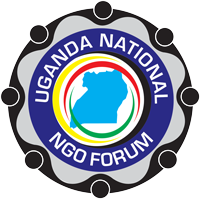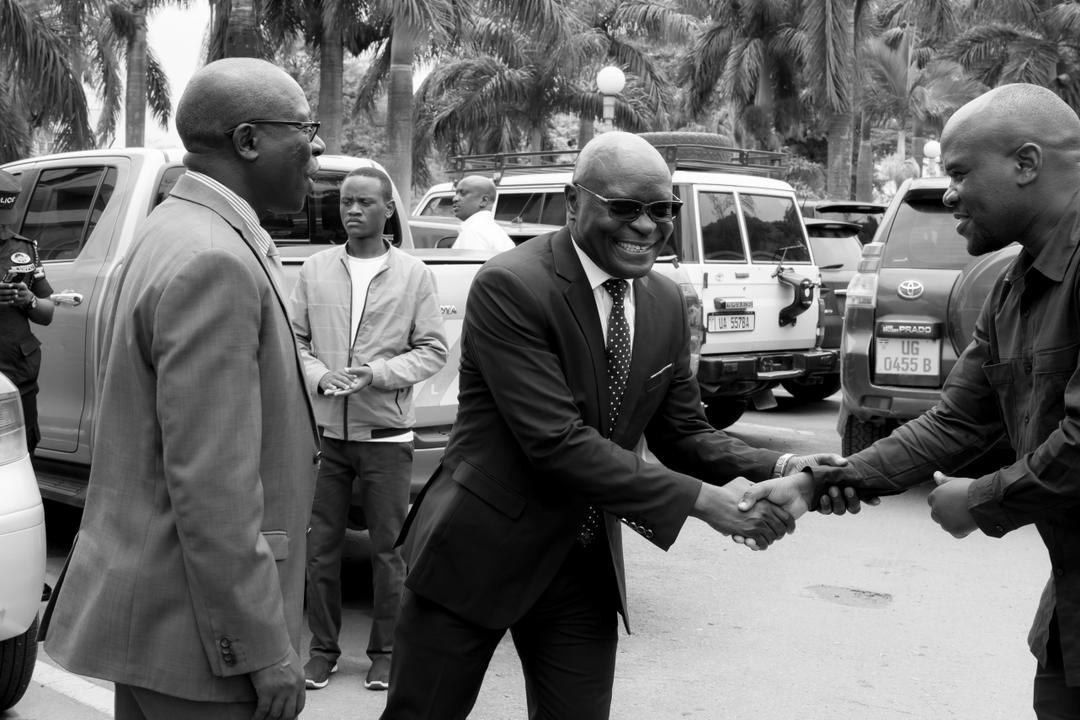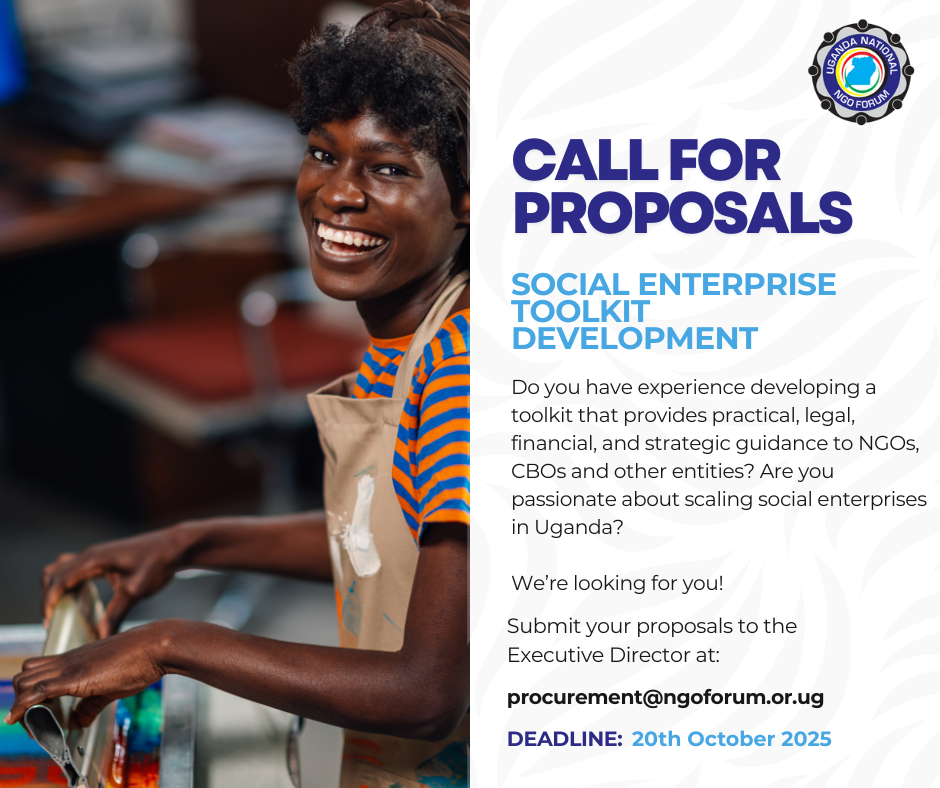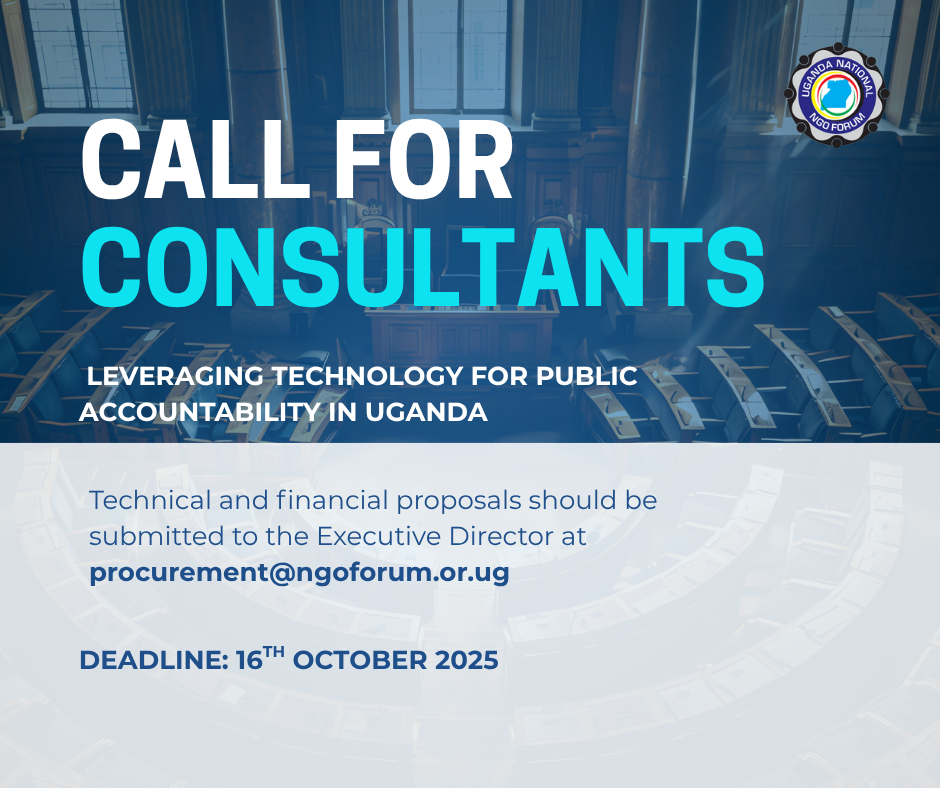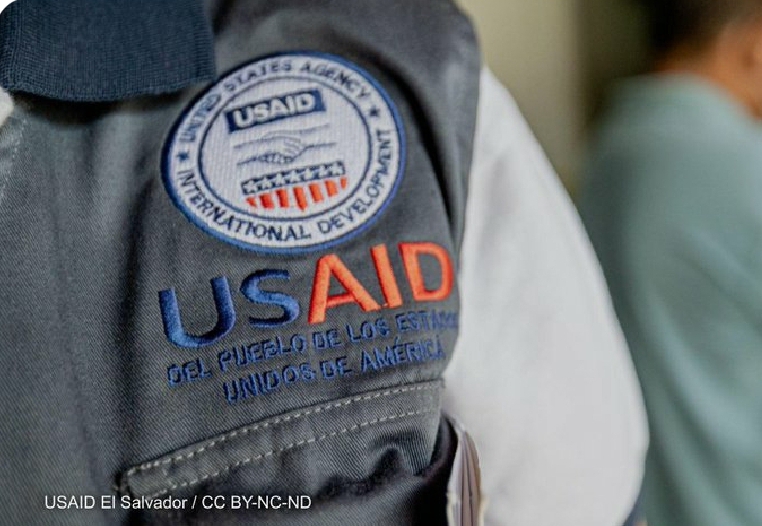
USAID Going Backward on Localization Funding, Agency Report Shows
By Elissa Miolene | June. 20th, 2024
In 2021, USAID set an ambitious target: By 2025, a quarter of the agency’s funds would be steered toward local organizations. But today, new USAID data revealed that just 9.6% of the agency’s eligible dollars were channeled toward local groups last year, down from 10.2% the year prior. The move represents a major setback in USAID’s drive to implement what has become a flagship policy — but the agency’s leaders were keen to stress the areas where progress is being made. “The work of shifting our systems — and our culture — so dramatically will take time to fully take hold,” wrote USAID Administrator Samantha Power in an opinion piece for Devex. “But at USAID, we are determined to make our work more responsive and equitable, which we know will make it more sustainable and impactful.” The 25% target was always going to be hard to hit. For decades, local organizations have struggled to unlock USAID funds, hindered by complex application processes, heavy compliance requirements, and competition from international agencies.
The biggest grants are typically won by the biggest players, and last year, those based in the United States took home 76% of USAID’s grant dollars. Still, the agency has been trying. In the fiscal year to September 2023, USAID obligated $1.5 billion to local partners and another $68 million to regional ones. And while the headline percentage is down — and the funding count to local organizations dropped by $50 million in cash terms since 2022 — last year still marked the second-highest level of local funding in over a decade. It’s worth noting that USAID’s count includes only “eligible funding” — money that could reasonably be expected to go to local organizations, which excludes cash that goes to other governments and the United Nations, among other things. In 2022, USAID spending was $35.9 billion, according to government data, but a breakdown in USAID’s last localization report counted a total eligible funding envelope of around $15.5 billion, suggesting that 43% of all funding was considered eligible. This year, the figure appears similar. Many feel this way of counting eligible funding leads to an inflated localization figure, and with just two years before the localization deadline, some USAID watchers are skeptical about whether the agency will reach the mark — at least, by the 2025 target they’d hoped to achieve. “We understand that this is a really ambitious job. And USAID, more than any bilateral that we know of, has set a very ambitious target,” said Sally Paxton, Publish What You Fund’s U.S. representative. “But it really needs the voice of local people to come in and change the way that this assistance is delivered — and that’s a big shift to turn around.” A pulse check on local leadership USAID’s progress report focuses on two main goals.
There’s the more commonly referenced 25% target and then the agency’s ambition to steer toward more locally led programming by 2030. In six years, USAID hopes that at least half of the initiatives it funds will place local leadership at the center. And to better define that target, USAID developed a locally led programs indicator to track programs that fit the bill. If a program met at least two of the 14 “good practices” defined by the agency — from co-creating awards with local partners to conducting listening tours to informing activity design — they could be counted as locally led. After piloting that metric across half the agency’s portfolio last year, USAID reported that the figures were largely on track. More than half the programs surveyed met the indicator’s criteria, with those managed by USAID’s missions faring better than those originating in Washington. While 65% of mission-based programs met the criteria, 37% of programs managed by Washington-based bureaus did the same. The report found that for 11 of the 14 indicators, between 4% and 35% of programs were utilizing that best practice. The other three indicators applied only to a subset of the awards where USAID worked directly with local and regional partners — around 21% of the total. But where those indicators did apply, they were used around two-thirds of the time. “These results suggest that when USAID partners directly with local organizations, the Agency frequently takes steps to elevate the partner’s decision-making and support their long-term sustainability. Nevertheless, there is room to improve,” the report stated.
All that being said, USAID also mentioned that the “bar applied in the pilot is placed too low” — and that a program might meet the indicator criteria without being truly locally led throughout an entire project’s lifecycle. “Feedback from participating staff also highlighted that organizing the good practices in relation to the various stages of a project lifecycle — program design, implementation, and monitoring, evaluation, and learning — may be a more intuitive approach than the four categories used in the pilot,” the report said. “Embracing these lessons, USAID is exploring ways to recategorize the good practices around the project lifecycle and increase the threshold required to fulfill the criteria of being locally led.” What went wrong? It isn’t the first time USAID has tried to localize its funding. For decades, administrators on both sides of the aisle have attempted to transform the agency, hoping to make it easier for local organizations to tap into USAID funding. Despite that, it’s been an upward climb. Over the past three years, USAID has pushed for a series of changes to get more money to local entities. That included the launch of WorkWithUSAID.gov, a platform with checklists, resources, and a directory to encourage new partners to apply for funding. It’s now available in English, French, Spanish, and Arabic, and missions have also been provided with on-demand translation of acquisition and assistance documents in other languages.
On top of that, the agency has expanded its pay-for-results awards, which pays a grantee based on the achievement of a deliverable, and reduces administrative reporting and compliance requirements. USAID has also made efforts to reduce the workload of initial grant applications, encouraging organizations to submit initial concept notes of five pages or less. The agency has updated its risk appetite statement, pushing the agency to take “smart and disciplined risks” while working with local opportunities. And, they’ve been bolstered by the U.S. Congress, with new legislation attempting to bring more government dollars to local organizations passing a committee in the U.S. House of Representatives earlier this year. Despite that, some are wary that those changes are actually trickling down to the ground. Moses Isooba, the executive director of the Uganda National NGO Forum, told Devex that he continues to see two sides of USAID that are “diametrically opposed.” There’s the program side, which is trying to push out more local funding, he explained. And then there’s the finance side, which is more attuned to risk — and Isooba feels local partners continue to be placed in the high-risk category. “We really want to see more convergence and more of these two work streams singing from the same hymn book,” said Isooba. “On the program side, there’s more of an appetite [for localization], but when it reaches the contracting officers, they start raising a red flag.” USAID’s progress report also noted that “program design takes time” — and that the data from 2023 reflected decisions made in 2021 and 2022. “Recent efforts to increase staff, reduce barriers to entry, and partner in more accessible ways are starting to gain momentum and will underpin future progress,” the report stated.
A continued challenge will be around staffing, explained Tod Preston, who leads the Modernizing Foreign Assistance Network, or MFAN, an organization that focuses on U.S. foreign aid accountability. Localizing money takes more time, effort, and resources, putting strain on an already constricted set of agency staff. Last year, the agency said it hired 27 new civil service contract specialists, while also doubling the number of foreign service national staff with administrative warrants, compared to 2022. It’s a shift that will allow more local staff working at USAID missions to administer awards — but while USAID has tried to ramp up the number of contracting officers it employs, the U.S. Congress is making it ever-more challenging to do so, Preston said. “Everybody acknowledges that you need more staffing and contracting officers. But if we all really want to do this, you have to give the agency the resources to do that,” Preston said. Last week, the U.S. House Appropriations Committee approved a budget that would slash foreign assistance funding by 11%. That includes cutting $480 million from USAID’s operating expenses, despite multiple callouts about the need for more contracting officers in the bill text.
The legislation is unlikely to pass through both chambers in its current form, but it does indicate Republican priorities ahead of a presidential election. “I don’t think we should look at these numbers and throw our hands up and say, no, this just isn’t doable. We have to just keep on pressing, and they need to keep on doing some of the things they’re doing,” Preston said. “Hopefully, there will be political leadership and backing to continue to do that.” Country context The local funding landscape changes from country to country. The nation with the highest localization rate — 80% — was South Africa, followed by Namibia at 74% and Botswana at nearly 61%, the report found. All three of those countries received money through the President’s Emergency Plan for AIDS Relief, or PEPFAR, a United States program that since 2018 has aimed to direct 70% of its funds to local partners. USAID credits PEPFAR for the agency’s higher rates of localization across the global health sector, which made up two-thirds of the agency’s direct local funding in 2023. In part, that’s due to the 70% mandate, and the pressure on PEPFAR and its partners to really, truly localize. But it’s also a result of internal shifts in grantmaking, such as utilizing transition awards — where projects begin with an international implementer, who eventually hands the reins to a local organization — and limiting bids to only local groups, Justin Fugle, Plan’s head of U.S. government policy, told Devex. “Their experience is the proof of concept. This can be done by USAID,” said Fugle. “They can do this, and in fact, they have done it. So, the real question now is: How do you get other parts of the agency to look at this model and use it more widely?” Fugle is optimistic. While trying to localize, USAID has learned a lot, he said — from the fact that building capacity within the agency is just as important to building the capacity of local organizations, to the realization that USAID missions can locally program much more effectively than the agency’s large bureaus in D.C. “Is there something special about the HIV/AIDS program that makes this possible? I don’t think so,” Fugle said. “The question you usually have is: Can the local organizations handle USAID’s requirements, in terms of procurement, in terms of audits, in terms of legal, and so forth. But those are all the same in terms of health, or education or youth. There’s nothing magical about HIV/AIDS.” On the other hand, Isooba sees things differently.
Much of the country context, he said, is shaped by the operations and perspectives at USAID missions — and importantly, how staff in those offices have approached localization. “Make no mistake that as we steam ahead with localization, there are still pockets of internal resistance,” he explained. “What could make one country different from another is the way they are dealing with these pockets of resistance and the way they’ve been able to ensure the finance and program functions are talking to one another.” What comes next Most feel that USAID Administrator Samantha Power — who has led the agency’s ambitious localization push since 2021 — is unlikely to seek another term. Typically, administrators serve between two to five years at USAID’s helm, and if a Republican president were to win in November, staff changes would likely sweep across the federal government. Despite that, localization isn’t just a Samantha Power goal — or even a Democratic one. It’s been pushed by administration after administration, and for the most part, with bipartisan support. “[A Republican-led localization effort] would have a slightly different flavor, and localization should not be used as a pretense to cut the budget. But there is a sense now that localization makes development more effective, and that it provides local ownership,” said Fugle. “You’re making the decisions closer to the ground, and that makes sense to everybody — Democrats and Republicans.” Regardless of the election, USAID noted that more policies, plans, and initiatives are underway.
A new plan for locally led humanitarian assistance — a sector that historically has been incredibly difficult to localize — is expected to be released at some point this year, along with a position paper on grants to households, individuals, and microenterprises. The latter, the report stated, will plot a path forward for such grants, which put decision-making in the hands of the end beneficiary as opposed to an organization, program, or donor. “There is more work ahead to fully realize the goals USAID has set out for itself to transform to a model of more locally led development and humanitarian assistance,” the report stated. “But even though the systems and culture change that this shift entails take time to manifest, the imperative remains strong, as does the commitment to continued progress.”
In 2021, USAID set an ambitious target: By 2025, a quarter of the agency’s funds would be steered toward local organizations. But today, new USAID data revealed that just 9.6% of the agency’s eligible dollars were channeled toward local groups last year, down from 10.2% the year prior.
The move represents a major setback in USAID’s drive to implement what has become a flagship policy — but the agency’s leaders were keen to stress the areas where progress is being made.
“The work of shifting our systems — and our culture — so dramatically will take time to fully take hold,” wrote USAID Administrator Samantha Power in an opinion piece for Devex. “But at USAID, we are determined to make our work more responsive and equitable, which we know will make it more sustainable and impactful.”
Originally Published by DEVEX
